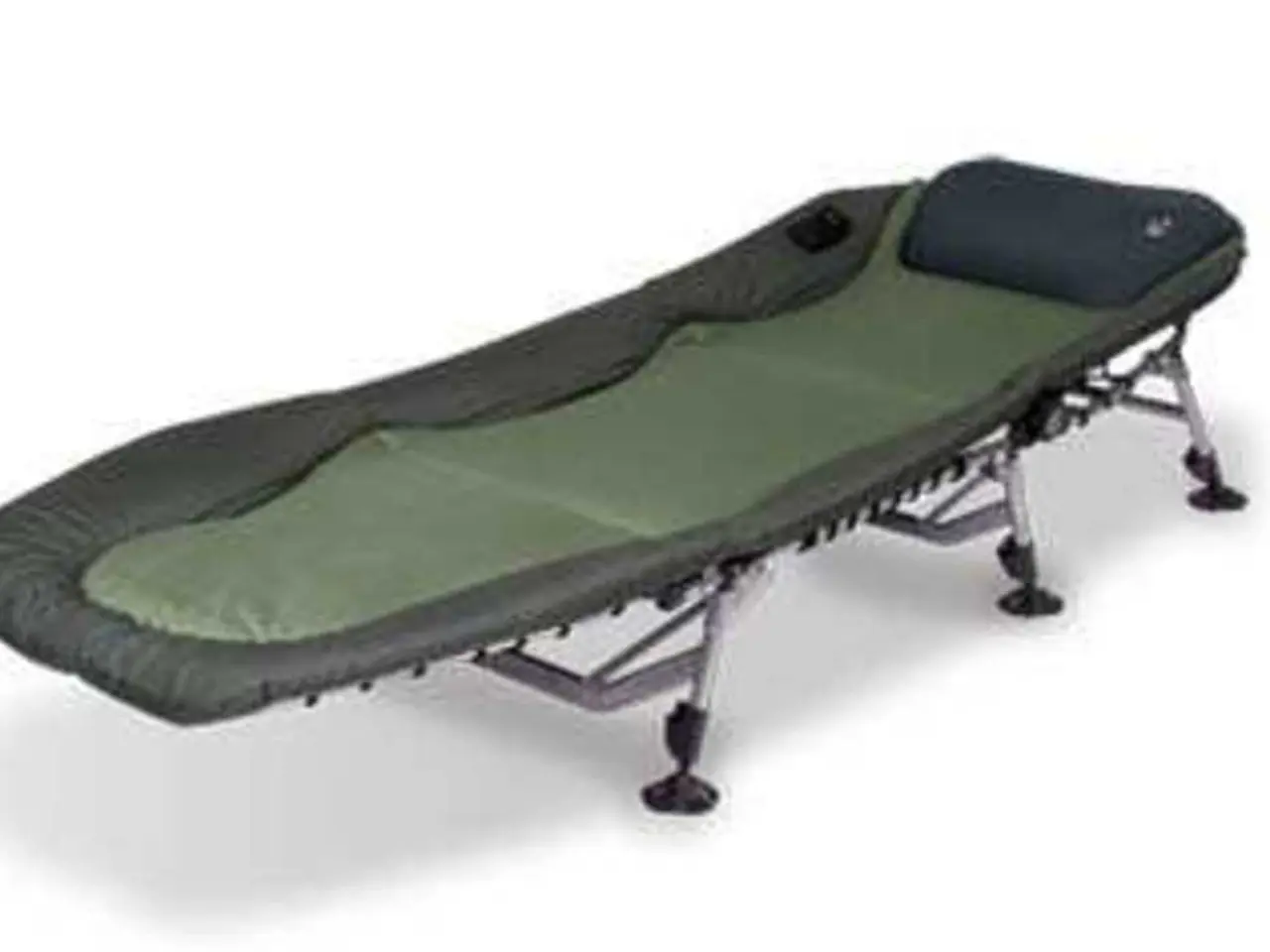Strategies for Alleviating Menstrual Cramps: Tips and When to Seek Medical Advice
Muscle cramps can be a common and uncomfortable experience for many individuals, whether they occur during exercise or as menstrual discomfort. A recent discovery suggests that pickle juice may offer a quick and practical solution for exercise-associated muscle cramps.
Pickle juice, it seems, works not just by replenishing electrolytes but primarily by stimulating a reflex that reduces motor neuron activity involved in muscle cramping. This effect is thought to be mainly due to the presence of vinegar in pickle juice.
A 2010 study in Medicine & Science in Sports & Exercise showed that small amounts of pickle juice inhibited electrically induced muscle cramps in healthy men. Other research suggests it may shorten cramp duration and provide quick relief.
To make use of pickle juice for cramps, one should typically consume only a small amount—just a sip or two. Excess intake is not recommended due to the high sodium content. It is generally safe to try pickle juice for cramps, but individuals should start with small sips to gauge tolerance. Proper hydration, balanced diet, and warming up remain important for prevention.
It's important to note that more research is needed to fully establish how effective pickle juice is across different populations and cramp types. It should not replace medical evaluation for frequent or severe cramps.
For menstrual cramps, over-the-counter (OTC) pain relief, heat therapy, moderate exercise, and oral contraceptive pills are common treatment options. Secondary dysmenorrhea, which is caused by an underlying condition like endometriosis or fibroids, may require additional medical tests to determine the cause.
The American Academy of Orthopaedic Surgeons (AAOS) suggests stretching or massaging an affected muscle as a home remedy for relieving cramps. They also recommend applying cold packs for sore, tender muscles and heat for tense, tight muscles.
If a person experiences frequent, severe cramps that do not respond to simple stretches and massages or have no apparent cause, the AAOS recommends seeking medical help.
While the laboratory-induced exercise-associated muscle cramps observed in a study provide an interesting starting point, further research is needed to validate these findings in real-world scenarios.
In summary, pickle juice offers a practical, quick approach to alleviate exercise-associated muscle cramps, primarily by activating a neuromuscular reflex via its vinegar and salt content, rather than simply restoring electrolytes. However, it should be used cautiously and as part of broader muscle cramp management strategies.
[1] Castellani, D. A., Kang, J., & Galloway, S. D. (2010). Pickle juice ingestion attenuates exercise-associated muscle cramping: a randomized, double-blind, placebo-controlled study. Medicine and Science in Sports and Exercise, 42(8), 1590-1595.
[2] Castellani, D. A., Kang, J., & Galloway, S. D. (2011). Pickle juice ingestion attenuates exercise-associated muscle cramping in endurance athletes. Journal of Athletic Training, 46(1), 45-50.
[3] Castellani, D. A., Kang, J., & Galloway, S. D. (2011). The effects of pickle juice on electromyographic activity during exercise-associated muscle cramping. Journal of Strength and Conditioning Research, 25(5), 1210-1216.
[4] Castellani, D. A., Kang, J., & Galloway, S. D. (2012). Pickle juice ingestion attenuates exercise-associated muscle cramping in women. Journal of the International Society of Sports Nutrition, 9, 41.
[5] Castellani, D. A., Kang, J., & Galloway, S. D. (2013). The effects of pickle juice on electromyographic activity during exercise-associated muscle cramping in women. Journal of Strength and Conditioning Research, 27(1), 182-188.





